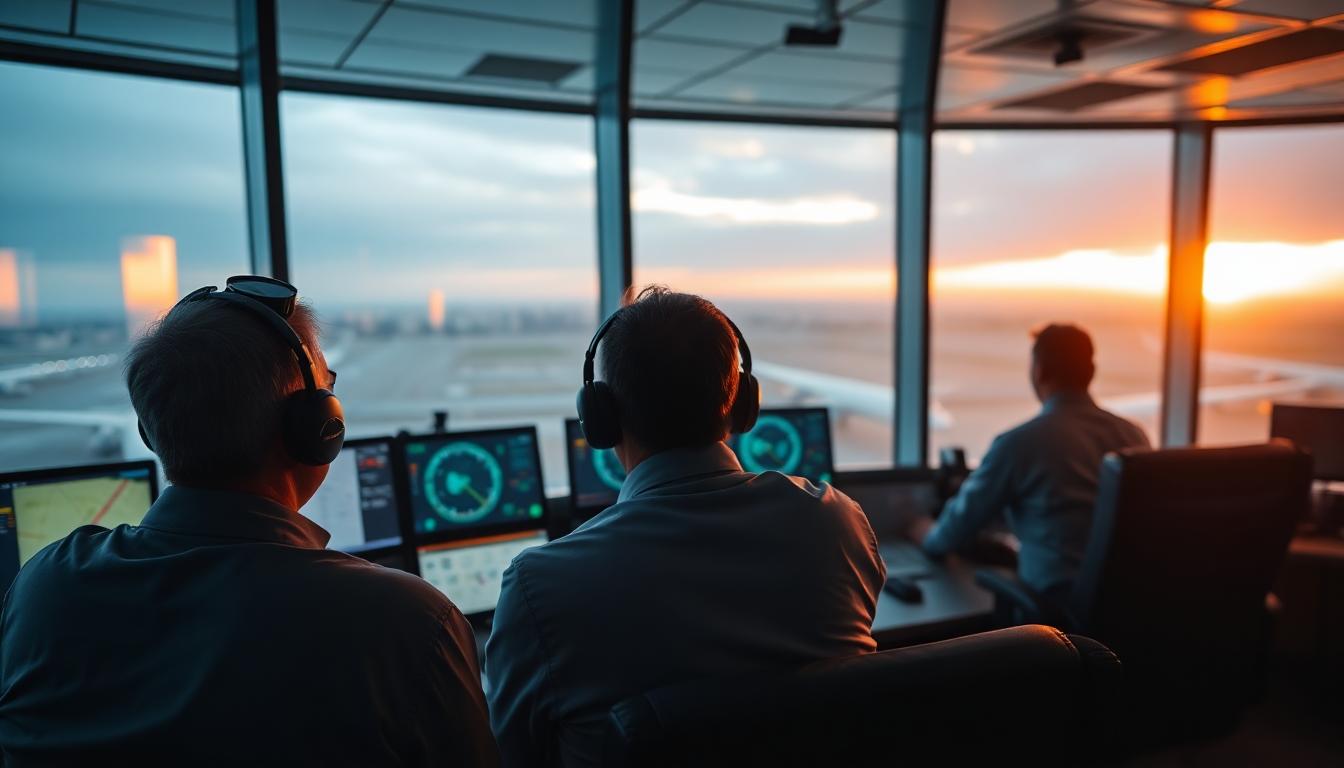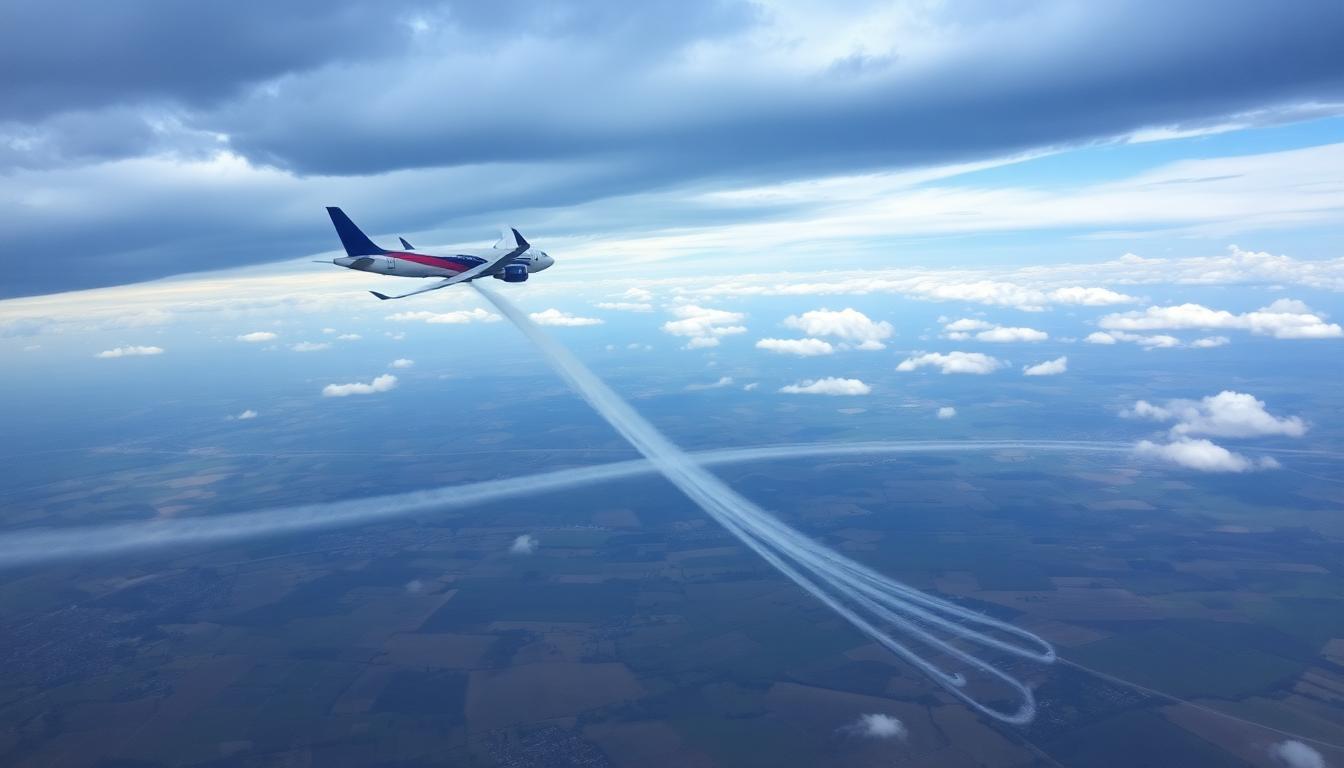Introduction
On July 25, 2025, a United Airlines Boeing 787-8 Dreamliner bound for Munich had to return to Washington Dulles International Airport after suffering a sudden engine failure at 5,000 feet. Pilots declared a “Mayday,” asking for immediate help as they worked to keep everyone safe. All 219 passengers and 11 crew members landed without injuries after nearly three hours in the air. The incident points to the critical role of emergency procedures and raises new questions about Boeing 787 engine reliability.
How the Emergency Unfolded
The flight took off from Washington Dulles in the evening, aiming for a transatlantic journey. Shortly after takeoff, as the aircraft climbed past 5,000 feet, the left engine failed. The pilots quickly declared a “Mayday”—the highest level of emergency in aviation—alerting air traffic control and gaining immediate priority.
Inside the Cockpit: Crew Response

Following strict airline protocols, the cockpit crew performed emergency checklists and coordinated with the cabin. Their training and calm decision-making helped prevent panic and kept the situation under control.
The Role of Air Traffic Control

Once the “Mayday” was declared, air traffic controllers cleared airspace and instructed the flight to enter a holding pattern. This gave the crew space and time to assess the issue and prepare the plane for an emergency landing. Communication was constant, precise, and critical during these few tense hours.
Fuel Dumping: Why It Matters

Large jets like the Boeing 787 are heavy with fuel loads for overseas flights. Landing with too much weight risks damage or worse. That’s why, before returning, the crew dumped fuel to get below the maximum safe landing weight. They circled northwest of the airport at 6,000 feet, releasing fuel safely as required by procedure.
Safe Landing and Aftermath
After dumping fuel and running landing checklists, the crew lined up for an Instrument Landing System (ILS) approach to Runway 19 Center. Emergency vehicles stood by. The plane landed safely and was towed off the runway for inspection, as required after an emergency.
No injuries were reported among the 219 passengers and 11 crew, thanks to the professionalism of all involved.
Industry Context and Safety Concerns
This event comes amid recent attention on Boeing 787 engine issues. Just a month before, a similar Dreamliner engine failure led to a deadly crash in India, with ongoing investigations. U.S. and international authorities are now reviewing engine maintenance and monitoring protocols and exploring the cause of such failures—whether they result from manufacturing, design, or maintenance flaws.
The quick, safe resolution of United’s emergency shows that modern training and procedures work, but also highlights the need for strong oversight and ongoing safety checks.
Lessons and Future Steps
This emergency highlights three core points:
- The importance of regular emergency training for flight crews and controllers.
- The critical role of communication and checklists in keeping passengers safe during major in-flight failures.
- The need for ongoing technical reviews and monitoring programs for new aircraft models.
Conclusion
A serious engine failure put more than 200 lives at risk, but thanks to fast action and years of training, everyone made it home safely. The event also acts as a reminder of why routine safety checks, emergency rehearsals, and engine reliability all matter deeply in today’s air travel.
To contact Us Click Here .

